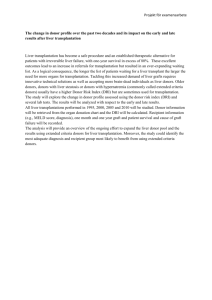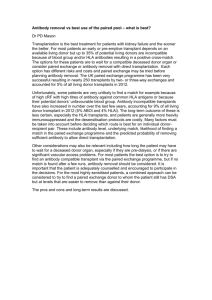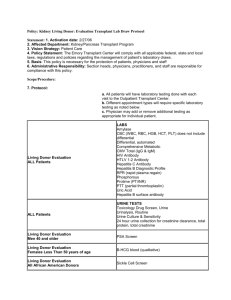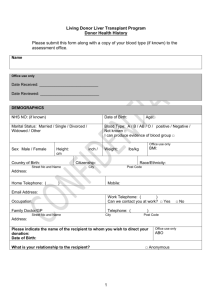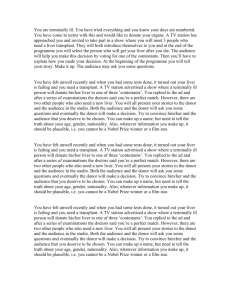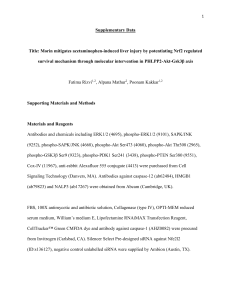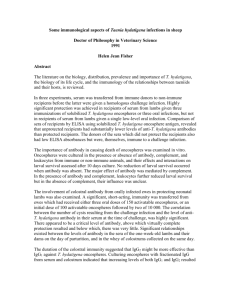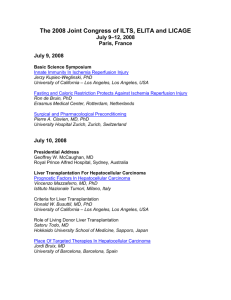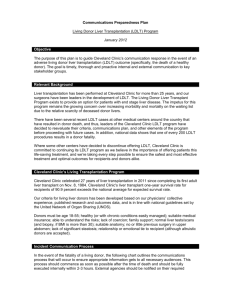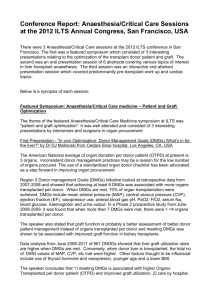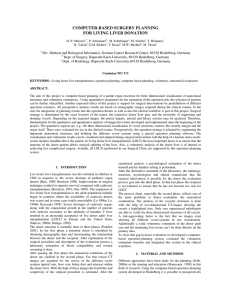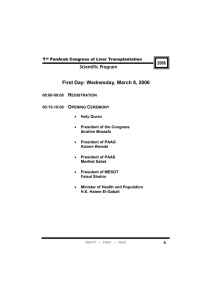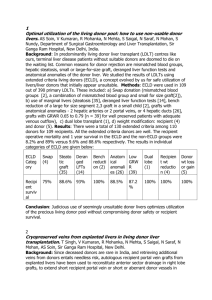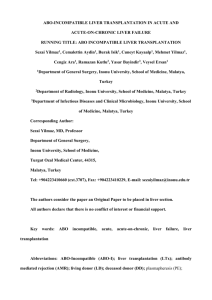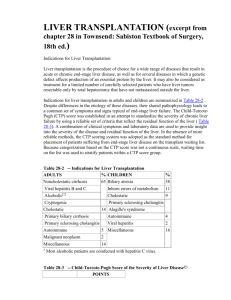SUMMARY
advertisement
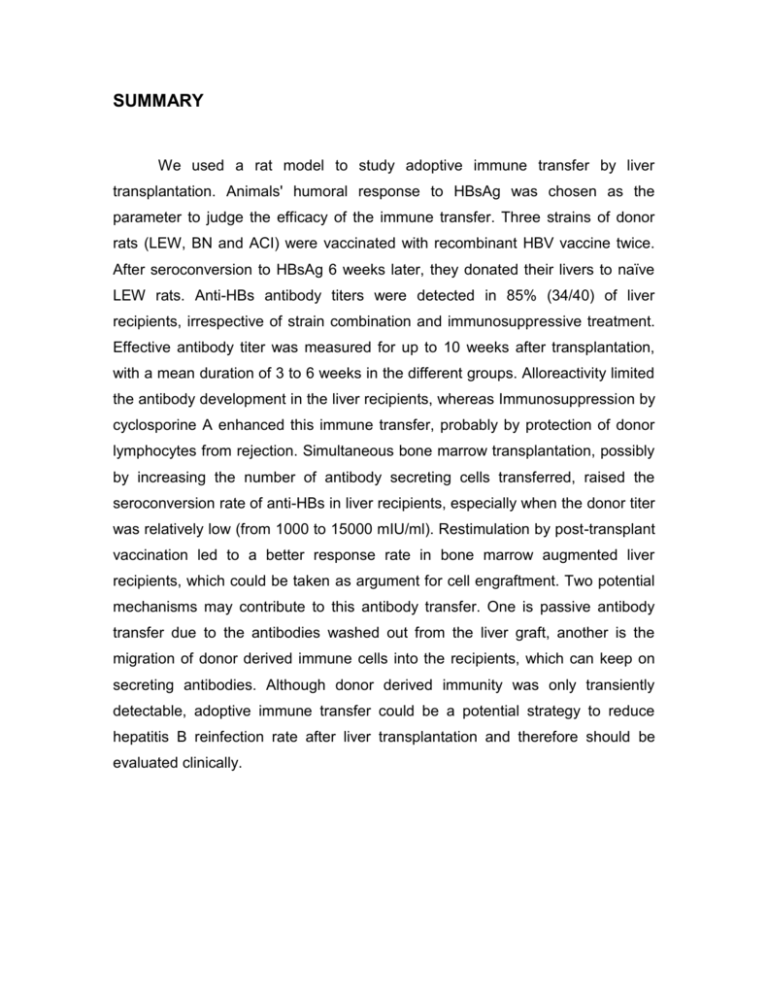
SUMMARY We used a rat model to study adoptive immune transfer by liver transplantation. Animals' humoral response to HBsAg was chosen as the parameter to judge the efficacy of the immune transfer. Three strains of donor rats (LEW, BN and ACI) were vaccinated with recombinant HBV vaccine twice. After seroconversion to HBsAg 6 weeks later, they donated their livers to naïve LEW rats. Anti-HBs antibody titers were detected in 85% (34/40) of liver recipients, irrespective of strain combination and immunosuppressive treatment. Effective antibody titer was measured for up to 10 weeks after transplantation, with a mean duration of 3 to 6 weeks in the different groups. Alloreactivity limited the antibody development in the liver recipients, whereas Immunosuppression by cyclosporine A enhanced this immune transfer, probably by protection of donor lymphocytes from rejection. Simultaneous bone marrow transplantation, possibly by increasing the number of antibody secreting cells transferred, raised the seroconversion rate of anti-HBs in liver recipients, especially when the donor titer was relatively low (from 1000 to 15000 mIU/ml). Restimulation by post-transplant vaccination led to a better response rate in bone marrow augmented liver recipients, which could be taken as argument for cell engraftment. Two potential mechanisms may contribute to this antibody transfer. One is passive antibody transfer due to the antibodies washed out from the liver graft, another is the migration of donor derived immune cells into the recipients, which can keep on secreting antibodies. Although donor derived immunity was only transiently detectable, adoptive immune transfer could be a potential strategy to reduce hepatitis B reinfection rate after liver transplantation and therefore should be evaluated clinically.
